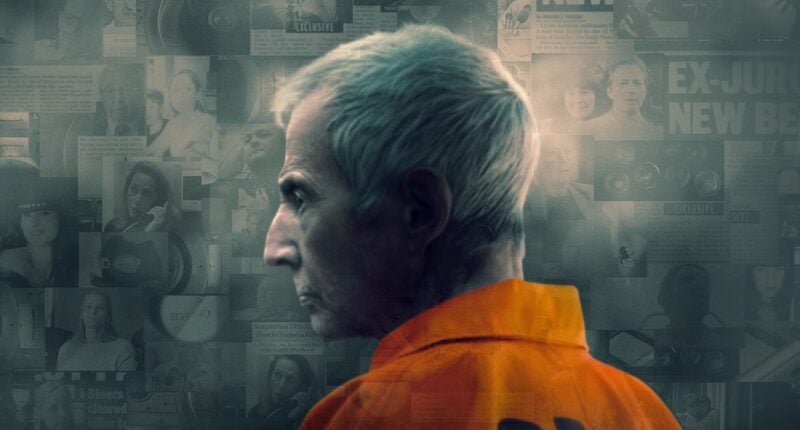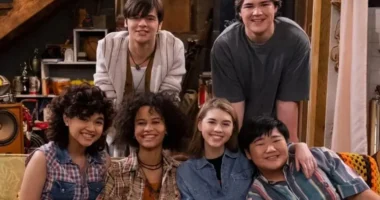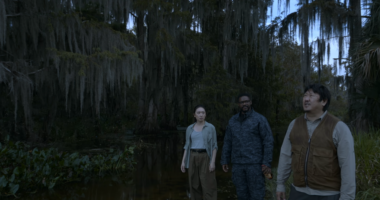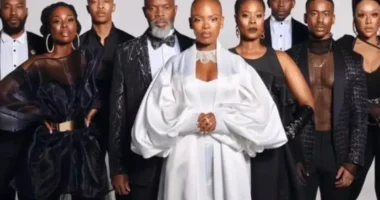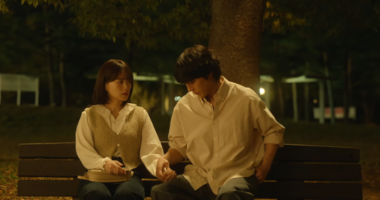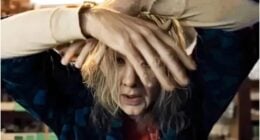During the first season of “The Jinx,” the unsolved disappearance of Robert Durst’s first wife, Kathleen McCormack, in 1982, as well as the murder of his close friend Susan Berman in 2000 and the passing of Morris Black, his neighbour in Texas, in 2001, were the main topics of discussion. In the startling conclusion, Durst unintentionally confessed to the killings without realising he was being recorded on live television.
“The Jinx – Part Two” explores Durst’s arrest in 2015 for Berman’s murder at a hotel in New Orleans. Durst avoided director Andrew Jarecki after his arrest, even though he had initially consented to interviews. The sequel delves deeper into this intricate case by featuring Durst through his trips and discussions with inmates on video. Now that the second season is out, let’s see if it’s worth the watch.
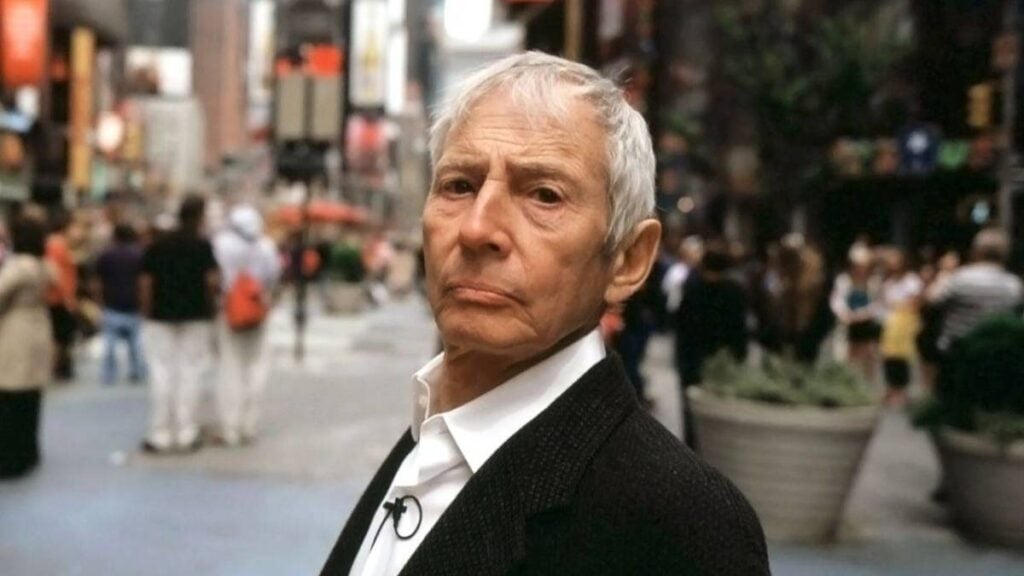
Unravelling Durst’s Dark Legacy in The Jinx Part Two
“The Jinx – Part Two” is a compelling narrative that blurs the lines between documentary filmmaking and the unfolding saga of Robert Durst’s alleged crimes. Director Andrew Jarecki hosts a bizarre get-together, or viewing party, in the first episode, “Chapter 7,” when important law enforcement officials and the relatives of Durst’s victims watch a documentary about their own awful experiences.
The goal of Jarecki’s meta-level interaction is to humanise people who are impacted by Durst’s shadow. The fact that these people are taking part in such a special occasion is evidence of the enormous influence of Durst’s acts.
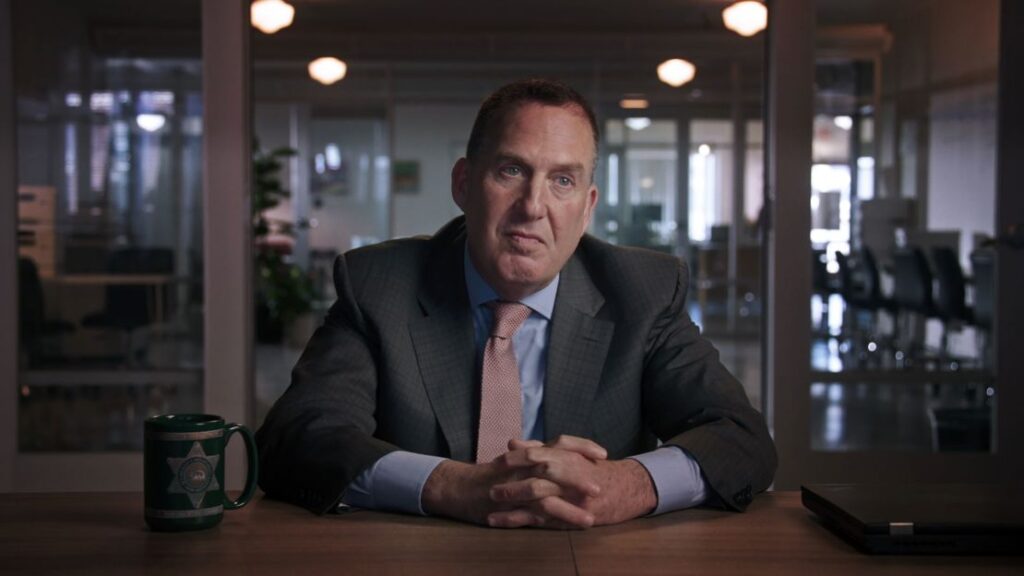
Lead prosecutor John Lewin becomes a pivotal role in the quest for justice, bearing the responsibility of holding Durst accountable for his transgressions. A plethora of colourful characters from Durst’s past, including well-known attorneys, obstructive witnesses, and intimate friends like Susan Berman, appear throughout the season, each contributing depth to the story. Motivated by the impact of “The Jinx,” Berman’s associates come forward to reveal more about their relationship with Durst and any secrets they might have known.
“The Jinx – Part Two” offers a lot of interesting content related to Robert Durst’s intricate story, but director Andrew Jarecki’s use of conventional documentary methods, such as staged shots and actor reenactments, partially takes away from the story’s realism. Given the drama of Durst’s narrative, it seems needless to muddy the boundaries between dramatisation and actuality.
Impact and Influence
With the help of series like Netflix’s “Making a Murderer,” “The Jinx,” and other shows of this kind, real crime has become a hugely valuable genre for networks and streaming services, drawing viewers in with its unique mix of drama and intrigue.
Even after his passing, Durst’s modest demeanour and lack of Hollywood glitz—underlined by his notorious misspelling of “Beverly Hills”—keep him enigmatic and fascinating. It’s hard to resist becoming sucked into the web of mystery and evil that his story spins, even though it’s unpleasant.
Under Andrew Jarecki’s direction, “The Jinx – Part Two” stays on familiar territory while combining formulaic aspects with competence. Even while the content might not be as compelling as it was in the first part, Jarecki’s skill with true-crime documentary techniques is still amazing. A smooth and captivating watching experience is produced by the combination of live film, skillfully staged reenactments, and narration by Charles V. Bagli.
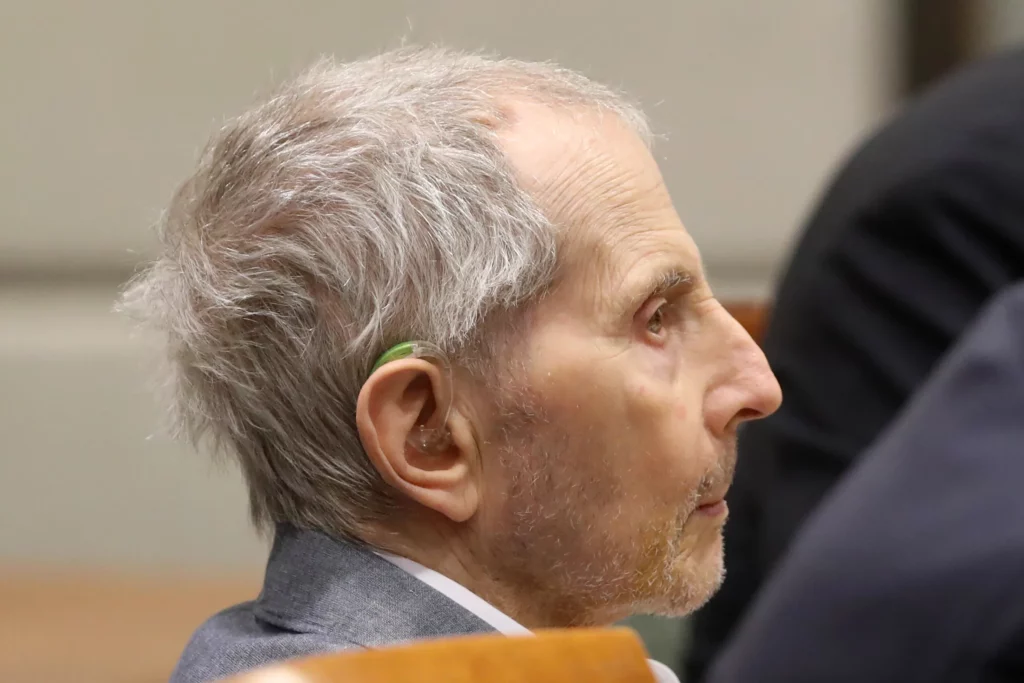
With HBO withholding episodes, akin to their strategy during the original airing, anticipation builds for potential surprises akin to Durst’s inadvertent confession. Crucial incidents like Durst’s testimony during the Berman trial and the showing of the famed “Killed Them All” recording to the jury are anticipated to be featured in the next episodes.
Viewers can also see Jarecki’s phone clip of his unsuccessful effort to speak with Durst outside of a Louisiana prison. There is conjecture that Jarecki could provide a contemplative analysis of the significance of the show.
It’s quite likely that conversations over “The Jinx” will go on in the upcoming weeks, highlighting the show’s lasting influence on the true-crime genre and the public’s interest in mysterious characters like Durst. The series retains a hypnotic appeal despite the predictability of certain plot components, demonstrating Jarecki’s deft touch in creating engaging fiction from actual events.
Also Read: Fern Brady: Autistic Bikini Queen Review – Scottish Queen Lands on Netflix
Conclusion
“The Jinx – Part Two” offers a compelling continuation of Robert Durst’s complex narrative, blending documentary storytelling with elements that occasionally veer towards conventional dramatization. Director Andrew Jarecki’s adept handling of true-crime techniques maintains viewer engagement, despite the narrative’s familiarity.
With anticipation building around pivotal moments like Durst’s trial testimony and the jury’s reaction to incriminating evidence, the series remains a significant contributor to the enduring allure of true-crime narratives and the fascination with enigmatic figures like Durst. It is definitely worth watching, so go ahead and add it to your watchlist!
